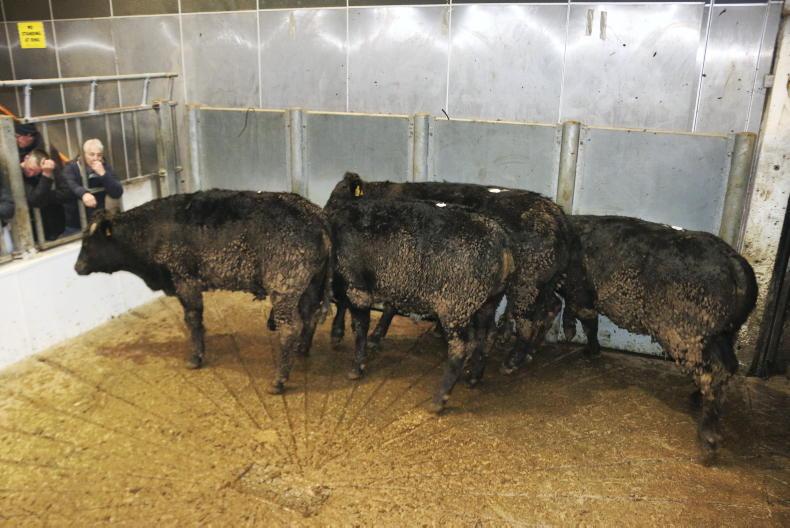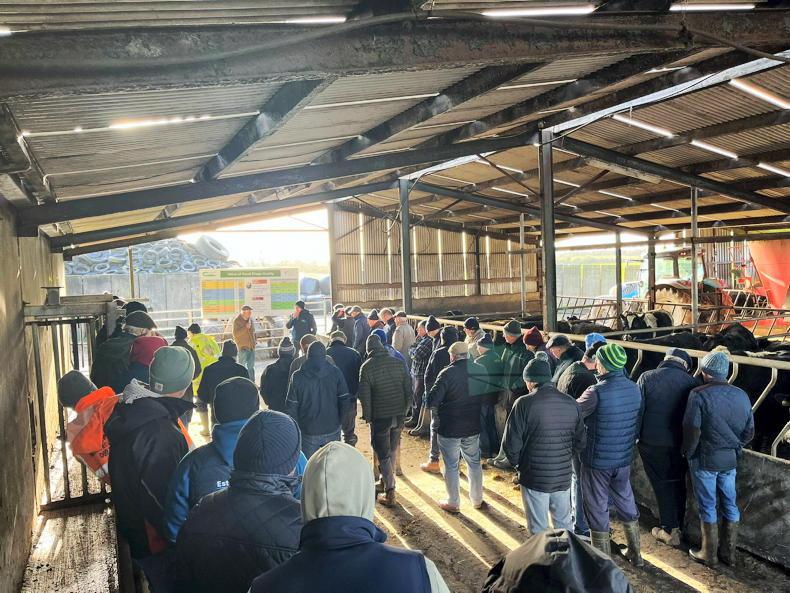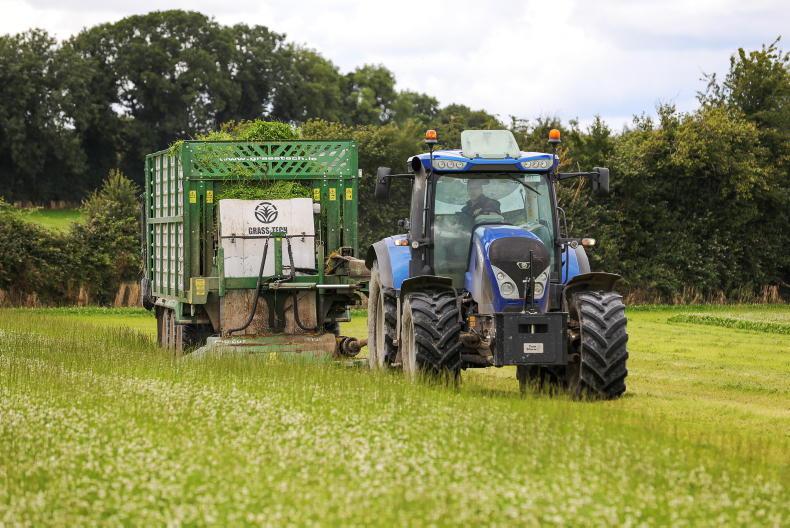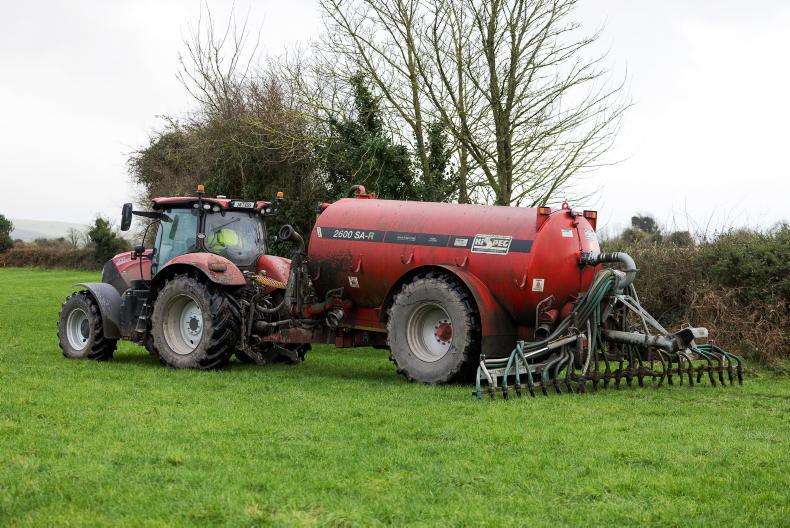Last week, Teagasc launched the stakeholder consultation of its industry-wide, 10-point plan for dairy beef (covered in more detail on pages 52-54).
Sitting in Portlaoise last Thursday, listening to all the industry players talk positively about their dairy beef plans, I couldn’t help but ask the question: are they 10 years too late coming to the table?
Dairy quotas will soon be 10 years gone and after exponential growth in the dairy herd during that time, Teagasc is finally putting pen to paper on a plan for dairy beef. The progeny of cows inseminated this year won’t be slaughtered until 2027 at best, so the industry is playing catch up.
During his speech last Thursday, the Teagasc chair Liam Herlihy acknowledged that we haven’t dealt with the increase in calf numbers as well as the industry has dealt with milk processing, and that needed to change. Teagasc has shut the door on any talk on cow type.
The beef characteristics of the Irish dairy cow have been in decline in the last 10 years, in favour of more profitable milk and fertility traits, but surely some mention of balance has to go into a dairy beef plan?
The plan is to correct the negative beef traits with high-DBI bulls, but you wonder are all the ducks lined up to produce these high-DBI bulls for use on the dairy cows and have we the right breeding programme in place to breed them?
Exports
While the future of calf exports is under pressure, they remain a fundamentally important part of the system. If unweaned calf exports were banned in the morning, rearing an extra 200,000 calves on farms, with already stretched facilities, wouldn’t be pretty. Meat Industry Ireland chair Philip Carroll took a different view at last week’s meeting. He pointed to the extra millions of euro that could be generated by keeping these calves in the country. Whether that was factory millions or farmer millions, I’m not sure.
CBV
The one shining light in this seems to be the Commercial Beef Value (CBV) Index. Speaking at the meeting last week, Doreen Corridan, CEO of NCBC, said: “One of the CBF indexes that you can bet your house on is the CBV index.”
It’s a really important tool and with hundreds of thousands of dairy calves to be DNA registered this spring, meaning that CBVs will be available on mart boards at calf sales.
Work already completed by ICBF has shown that there is a high correlation between CBV and profit, so it’s important that beef farmers embrace this tool and start factoring it into the price they pay for calves this spring.
This doesn’t mean you blow the budget on high-CBV calves, paying above market price for them.
It simply means that there is a measure stick to determine the value of calves and it shouldn’t move buyers away, healthy calves, etc.
If dairy farmers see a value in finding a home quickly for high-CBV calves, then this should move the industry to using high Dairy Beef Index (DBI) sires to generate high-CBV calves.
It’s never too late to do the right thing and with 63% of the national kill now coming from the dairy herd, it’s very important for beef farmers and dairy farmers that we get the dairy beef plan right.










SHARING OPTIONS